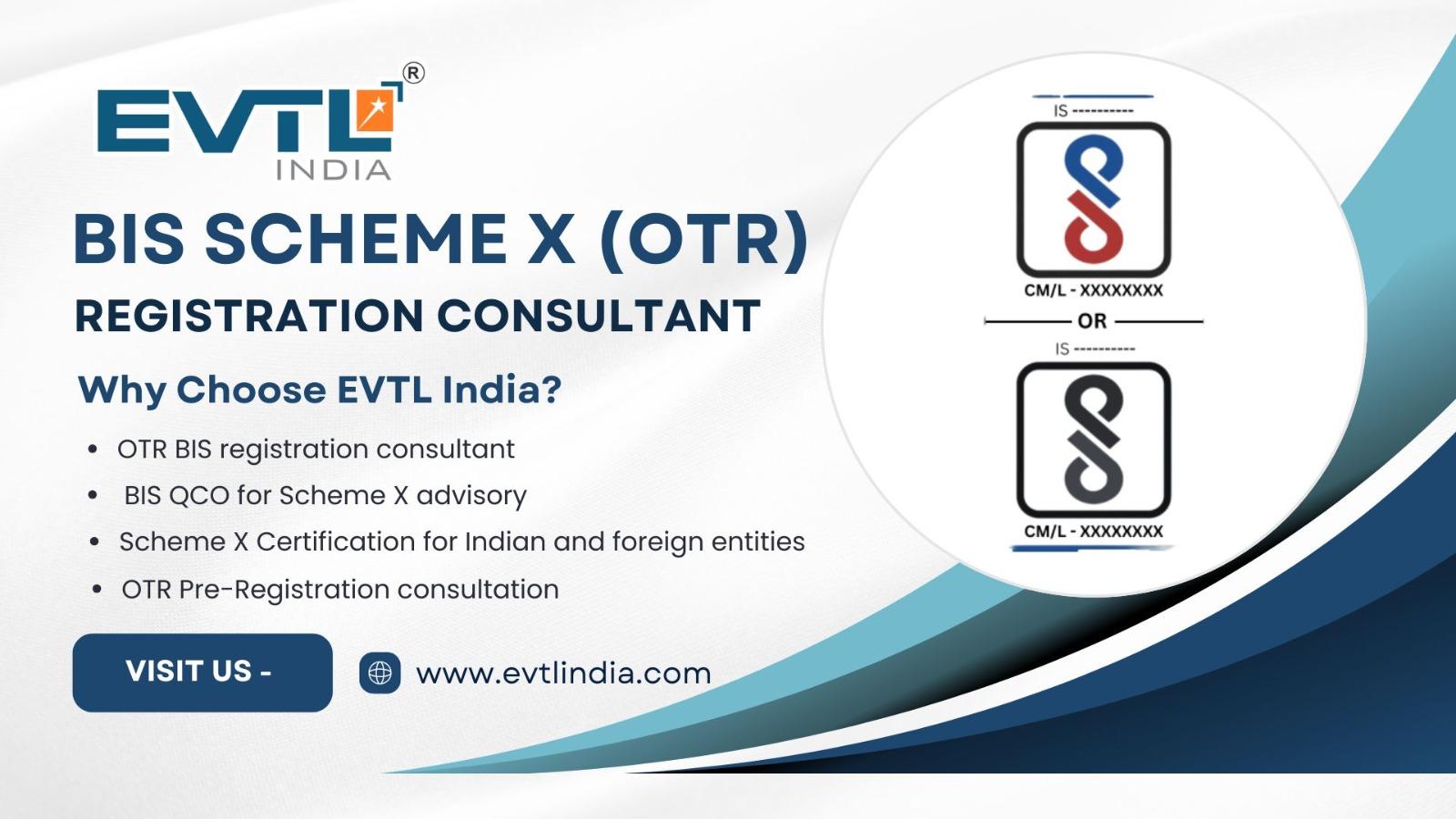Ergonomic Innovation in Defense: The Role of Forward-Leaning Seats in Military Vehicles

In modern military operations, comfort and functionality are no longer luxuries—they are necessities. As military vehicles become increasingly complex and versatile, the design of their interiors must evolve to meet the physical demands placed on soldiers during high-stress, high-intensity missions. One area of significant innovation has been the development of forward leaning chairs and other forms of ergonomic military seats to enhance posture, situational awareness, and survivability.
The Importance of Ergonomics in the Military
Ergonomics is often associated with office workstations or commercial transport, but its application in defense systems is equally vital. Military personnel are required to operate under extreme conditions: navigating rough terrain, enduring long patrols, and maintaining operational readiness in confined spaces. Poor seating design can lead to fatigue, impaired reaction times, and even long-term musculoskeletal injuries. These risks have pushed defense contractors and military designers to reevaluate the traditional seating models used in tactical vehicles.
What Are Forward-Leaning Seats?
Forward leaning chairs are designed to promote an active sitting posture. Unlike conventional seats that encourage reclining or slouching, these seats angle slightly forward, positioning the user's hips above the knees and aligning the spine in a more natural, upright configuration. This design supports better blood circulation and reduces stress on the lower back, shoulders, and neck.
In military vehicles, this posture is not just about comfort—it’s about combat readiness. A forward leaning chair allows soldiers to engage more effectively with vehicle controls, maintain a better field of vision, and respond quickly to threats or mission directives. This is particularly important in vehicles where split-second decisions can mean the difference between mission success and failure.
Benefits of Ergonomic Military Seats
The implementation of ergonomic military seats brings multiple operational benefits:
1. Enhanced Situational Awareness
By encouraging a more upright and alert posture, forward leaning chairs improve a soldier’s ability to observe and respond to their environment. This posture is especially crucial in reconnaissance missions or urban combat zones where quick assessments are essential.
2. Injury Prevention and Fatigue Reduction
Military personnel often spend hours inside vehicles, enduring intense vibrations and jarring movements. Ergonomic military seats with forward-leaning features help distribute body weight more evenly and reduce stress on joints and muscles. Over time, this minimizes the risk of chronic injuries and improves long-term physical readiness.
3. Optimized Space Utilization
The compact design of forward leaning chairs allows for more efficient use of interior space. In armored personnel carriers (APCs) and infantry fighting vehicles (IFVs), space is at a premium. Ergonomic seating solutions can be tailored to enhance space without compromising on soldier safety or comfort.
4. Improved Safety During Blast Events
Blast mitigation is a crucial consideration in military seating. Some ergonomic military seats are equipped with energy-absorbing components and harness systems that protect occupants from improvised explosive devices (IEDs) or landmine detonations. Forward-leaning postures, when integrated with advanced suspension systems, can help reduce the impact on the spine and internal organs during such events.
Real-World Implementation
Several defense manufacturers and research institutions are actively developing and testing forward leaning chairs for various military platforms. These innovations are being implemented in vehicles ranging from tactical trucks to advanced combat tanks. Moreover, military feedback loops—where soldiers provide direct input into product design—have accelerated the adoption of seating solutions that are both ergonomic and operationally effective.
In NATO exercises and U.S. Army trials, prototype ergonomic military seats have shown measurable improvements in soldier endurance and operational efficiency. As these systems continue to be refined, we can expect even greater integration of human-centered design in military vehicle interiors.
Future Outlook
The future of military seating lies at the intersection of biomechanics, materials science, and AI-assisted design. Emerging concepts include smart seats that adjust dynamically to soldier posture, integrated biometrics for health monitoring, and modular components that can be reconfigured for different missions. At the core of these advancements is a commitment to making every inch of the vehicle interior work with the soldier, not against them.
Conclusion
Ergonomic innovation in defense is not just about comfort—it is about creating a performance edge in complex, high-risk environments. The integration of forward leaning chairs and ergonomic military seats marks a significant step toward a more responsive, soldier-centric design philosophy. As these technologies continue to evolve, they will undoubtedly play a vital role in shaping the next generation of military vehicle interiors—where every detail contributes to the safety, efficiency, and effectiveness of our armed forces.








